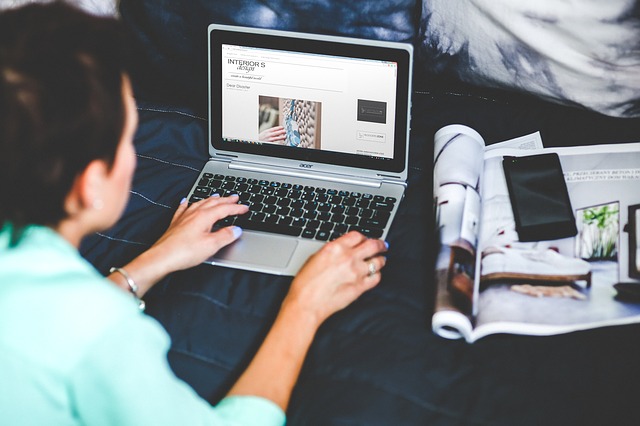Article by Nadine Smart, Head of Consulting at Cirrus
 The UK government has advised us to work at home if we can in order to help curb coronavirus. How can you remain focused, productive and sane?
The UK government has advised us to work at home if we can in order to help curb coronavirus. How can you remain focused, productive and sane?
Establish a daily routine
Don’t jump straight from bed to work. Stick to your regular morning routine. Set your alarm clock for the usual time, shower, dress for videoconferencing. A quick walk or short meditation may help set you up for a successful day.
Try and maintain a regular working pattern. Schedule your working hours and include breaks and time for lunch.
Plan your tasks for the day. It is important that your agenda can change if required, but aim to finish what you need to within regular working hours.
Manage your home environment
Even if you don’t have an actual office at home, try to create a physical working space free of distractions. If there are other people at home, set some ground rules and expectations. Let them know that you’re working so they don’t interrupt you. You can always check in during a coffee break.
Maintain focus
As well as keeping your working area clear, declutter your connectivity. Stay logged out of distracting sites such as Facebook or Youtube and consider removing any shortcuts or blocking your access during working hours. You don’t need to respond to personal messages as soon as you receive them – check them when you’re having a break. And don’t be tempted to check any messages at all while you’re videoconferencing. Imagine you’re in a face-to-face meeting and give others your full attention.
Breaks are an important part of staying focused, too. Consider tools for managing your time such as the Pomodoro Technique where you have a break every 25 minutes.
Stay connected
Maintaining a sense of belonging is important. Most of us have a range of tools from Teams to WhatsApp to keep us connected to our colleagues. Speak to others regularly (as you would in the office) and turn your camera to enhance communication.
Think about the social things you can do, too. Encourage your team to have a virtual lunch break where everyone can join in for an informal get-together. Run a virtual quiz or a caption competition. You can even hold after-work drinks online.
Have a daily huddle
Virtual huddles are a great way for teams to stay connected and focused. A quick check-in every morning keeps team members engaged with shared goals. It can also help to reduce the volume of emails you exchange.
Think about how you can use these sessions to talk through latest developments. Build in enough time for questions. Huddles don’t always have to be task focused. They’re also an opportunity to take a temperature check on team morale. Ask people how they’re doing and encourage everyone to join in.
Stay sane
Lots of the things we’ve mentioned already, such as scheduling breaks, are good for your mental health. When you do stop for a break, you may want to find a virtual buddy to share a coffee with. During difficult times. maintaining a sense of humour is important. Buddying up can help.
Without the buzz of a typical office around you, you may find it helpful to put together a special playlist for work or to have the radio on in the background.
It can be easy to lose track of time when you’re working alone and for your working life to bleed into your home life. Try and maintain those boundaries. Downtime is important. When you’ve finished work for the day, move away from your workspace and check in with family and friends, do some exercise, or whatever else is important to you.
Be aware of your preferences
Be mindful of your personality preferences. If you need people around you to remain motivated, then huddles and virtual get-togethers will be especially important. If you are quite happy on your own, you have might just have found your peak performance environment.








